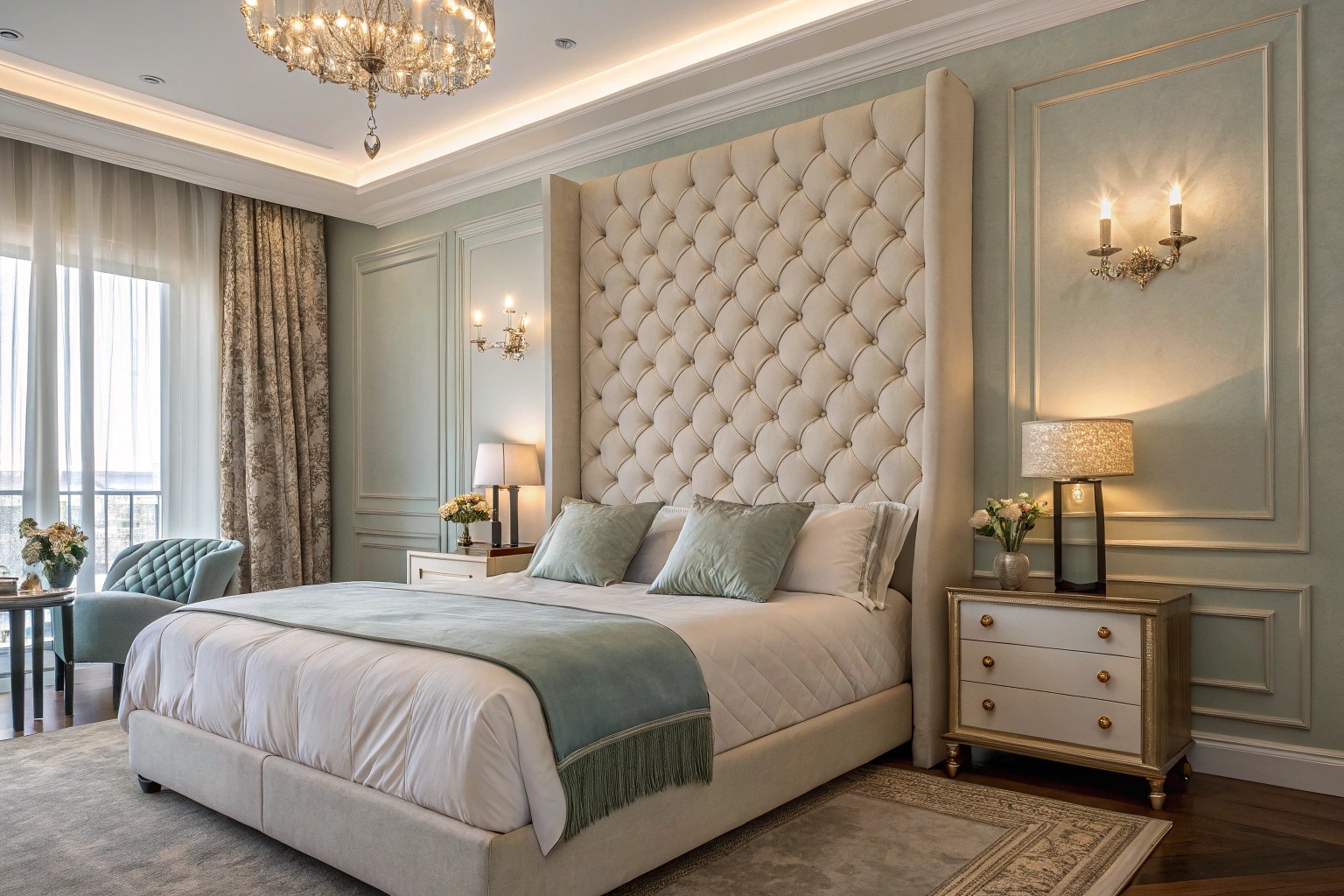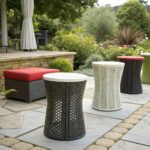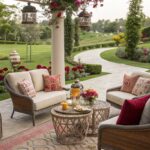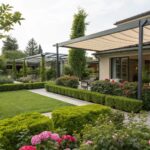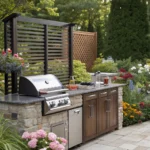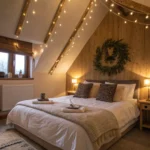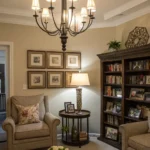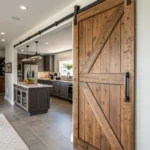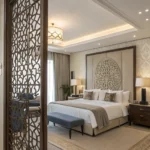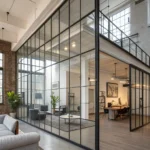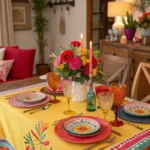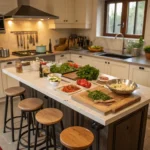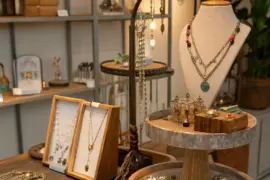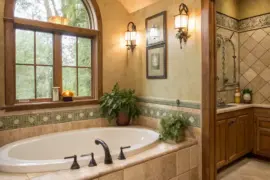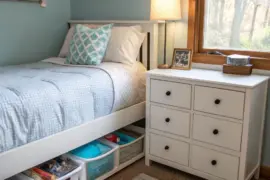Designing an entire room around a single central object represents one of interior design’s most sophisticated challenges, requiring careful balance between emphasis and restraint. When executed properly, this approach creates spaces with remarkable visual impact and cohesive storytelling that transforms ordinary rooms into memorable environments.
Understanding the Single-Object Design Philosophy
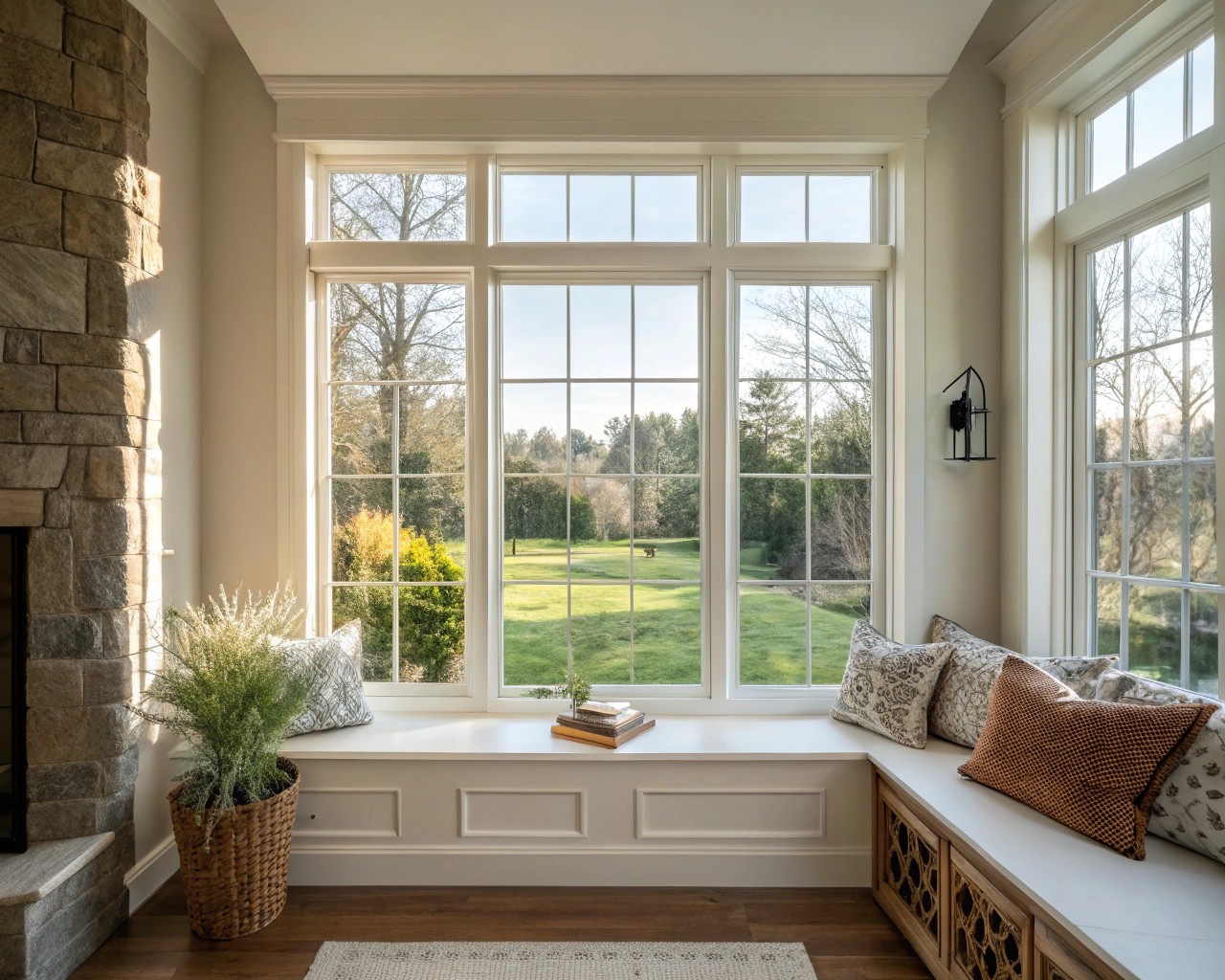
The concept of centering a room’s design around one focal point stems from fundamental principles of visual hierarchy and spatial organization. A focal point serves as “the first thing your eye sees when you enter” a space, creating what designers call a visual anchor that provides structure for all other design decisions. This approach differs significantly from eclectic decorating styles that distribute visual weight across multiple elements.
When working with clients, I’ve observed that rooms designed around a single object often feel more intentional and sophisticated than those with competing focal points. The key lies in understanding that your chosen object becomes the “star of the show,” while every other element in the room should support rather than compete with this central feature.
The psychological impact of this design strategy cannot be understated. Rooms with clear focal points “create a sense of order, provide an organizing principle for furniture placement, and enhance the overall aesthetic appeal of the space”. Without this central anchor, spaces can feel disjointed or overwhelming, lacking the visual coherence that makes a room feel professionally designed.
Selecting Your Central Object
Architectural Features as Natural Focal Points
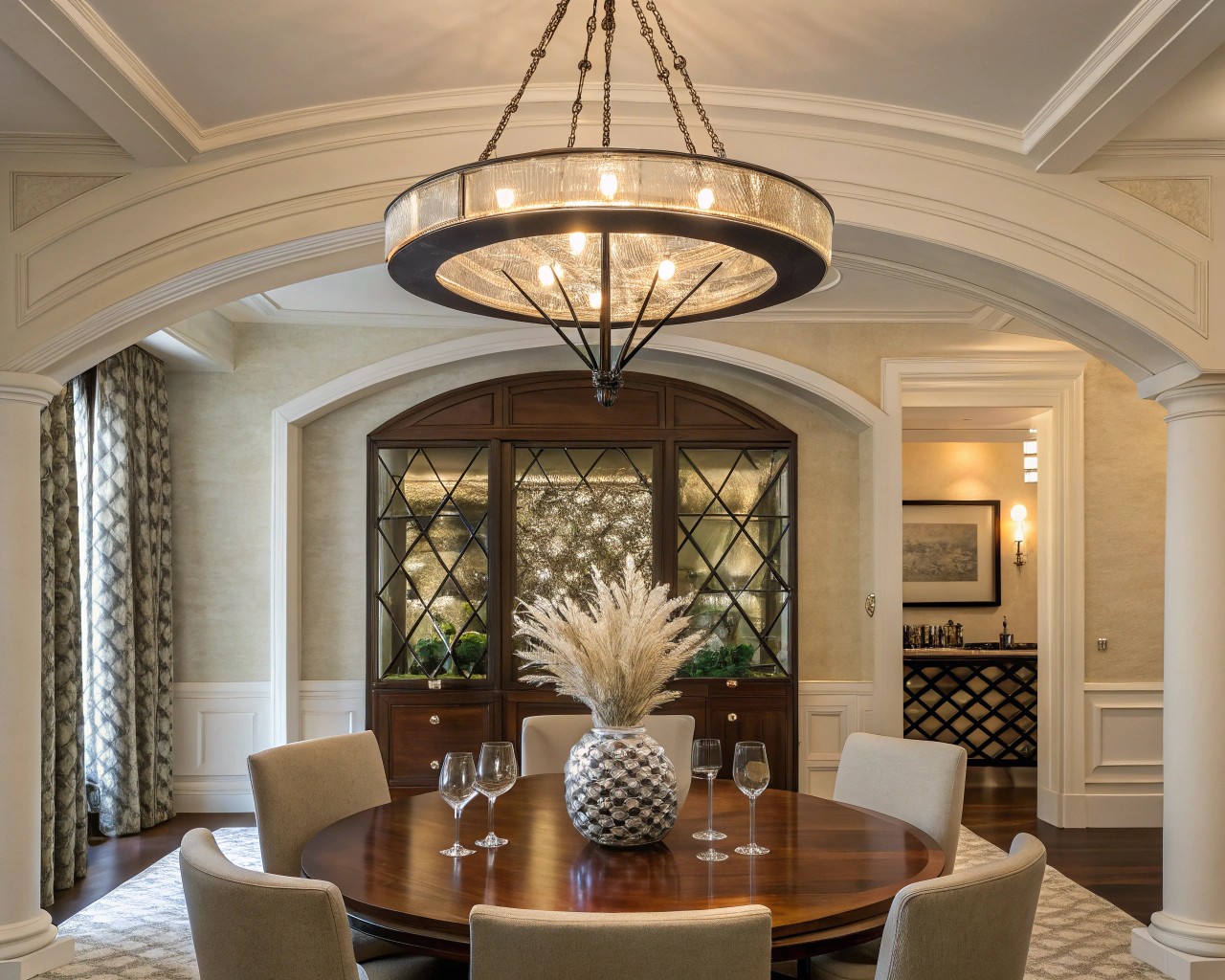
The most successful single-object designs often begin with existing architectural elements. Fireplaces represent the classic example, as “the word ‘focus’ derives from the Latin word for a hearth, the traditional place where people gather”. If your space includes a fireplace, large window with spectacular views, or distinctive architectural detail, these natural focal points provide an excellent foundation for your design strategy.
Bay windows, kitchen islands, and built-in features offer similar opportunities. These elements work particularly well because they’re permanent fixtures that won’t shift over time, providing stability for your long-term design vision.
Statement Furniture Pieces
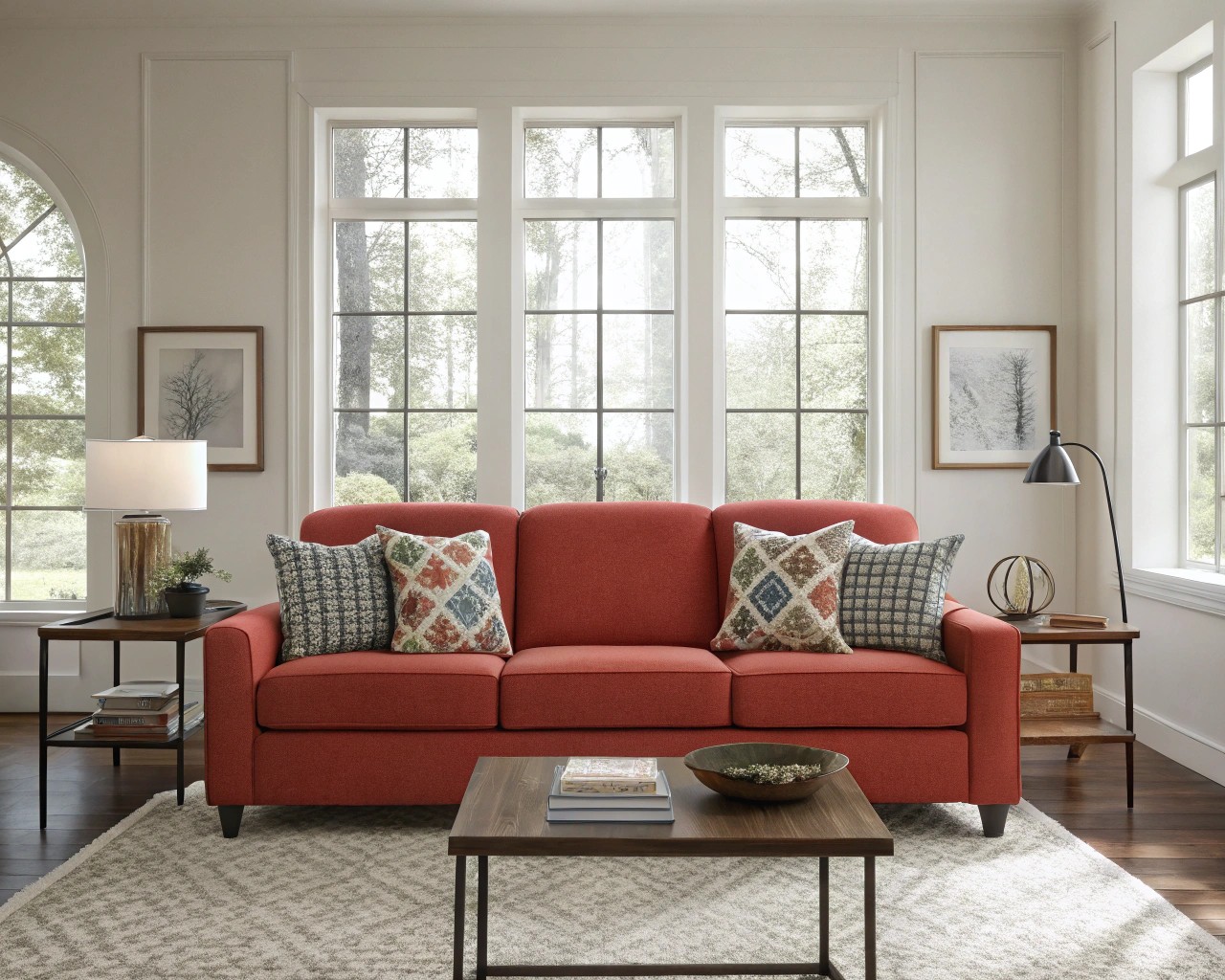
When architectural features aren’t available or suitable, furniture can serve as your central object. The most effective choices include:
- Large-scale seating: A distinctive sofa or sectional in bold upholstery
- Dining tables: Particularly those with unique materials or sculptural bases
- Beds: Enhanced with dramatic headboards or distinctive bedding
- Storage pieces: Antique armoires, modern credenzas, or artistic bookcases
The key consideration is scale. Your chosen furniture piece should be substantial enough to command attention without overwhelming the space.
Art and Decorative Objects
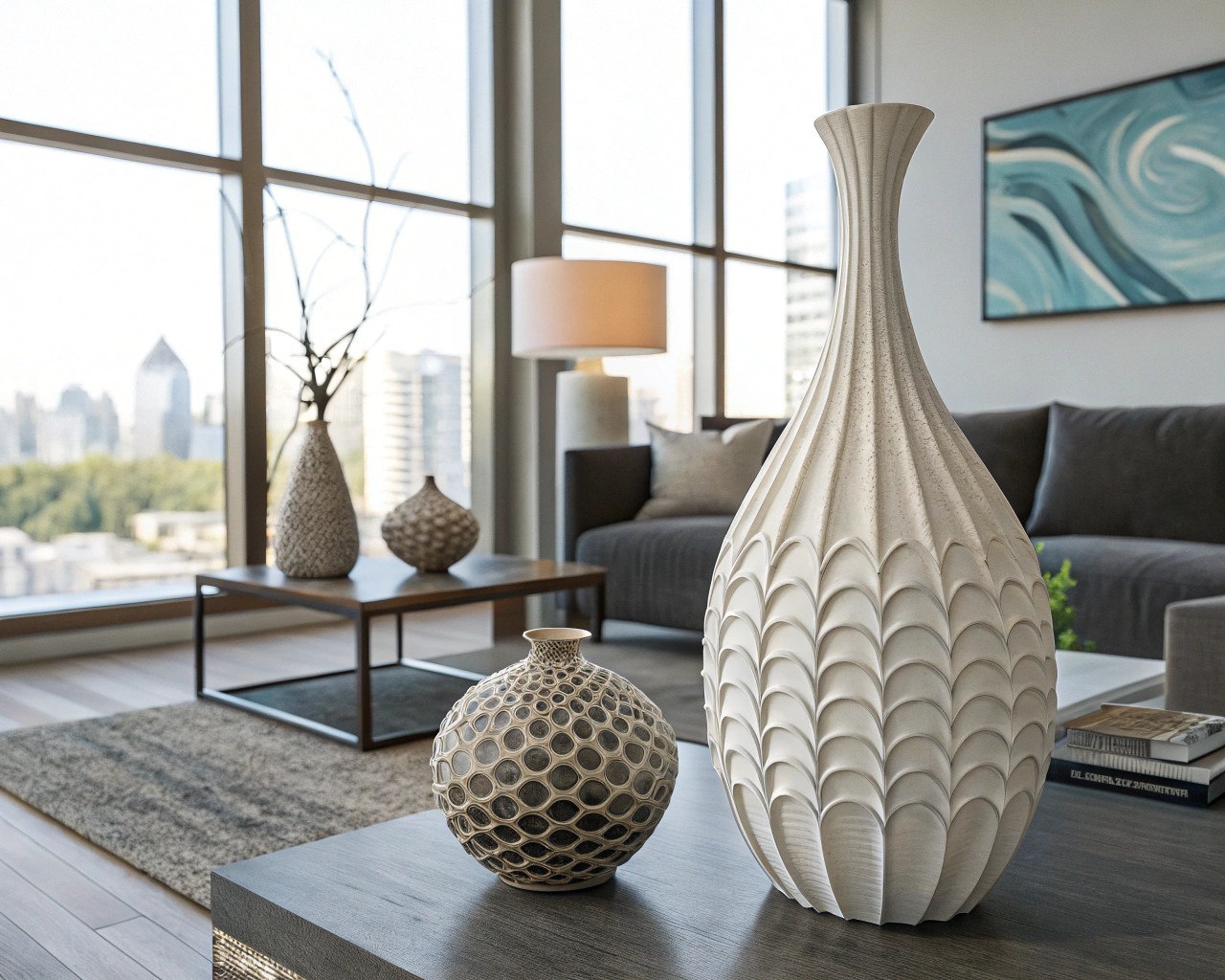
Statement artwork offers tremendous flexibility for creating focal points. “One of the easiest and most effective ways to create a focal point in a modern decor space is through statement wall art”. Large-scale paintings, sculptural installations, or curated gallery walls can anchor a room’s design effectively.
When selecting art as your central object, consider both size and emotional impact. The piece should be “large enough to command attention” while maintaining appropriate proportions for your space.
Design Principles for Single-Object Focus
The Principle of Visual Hierarchy
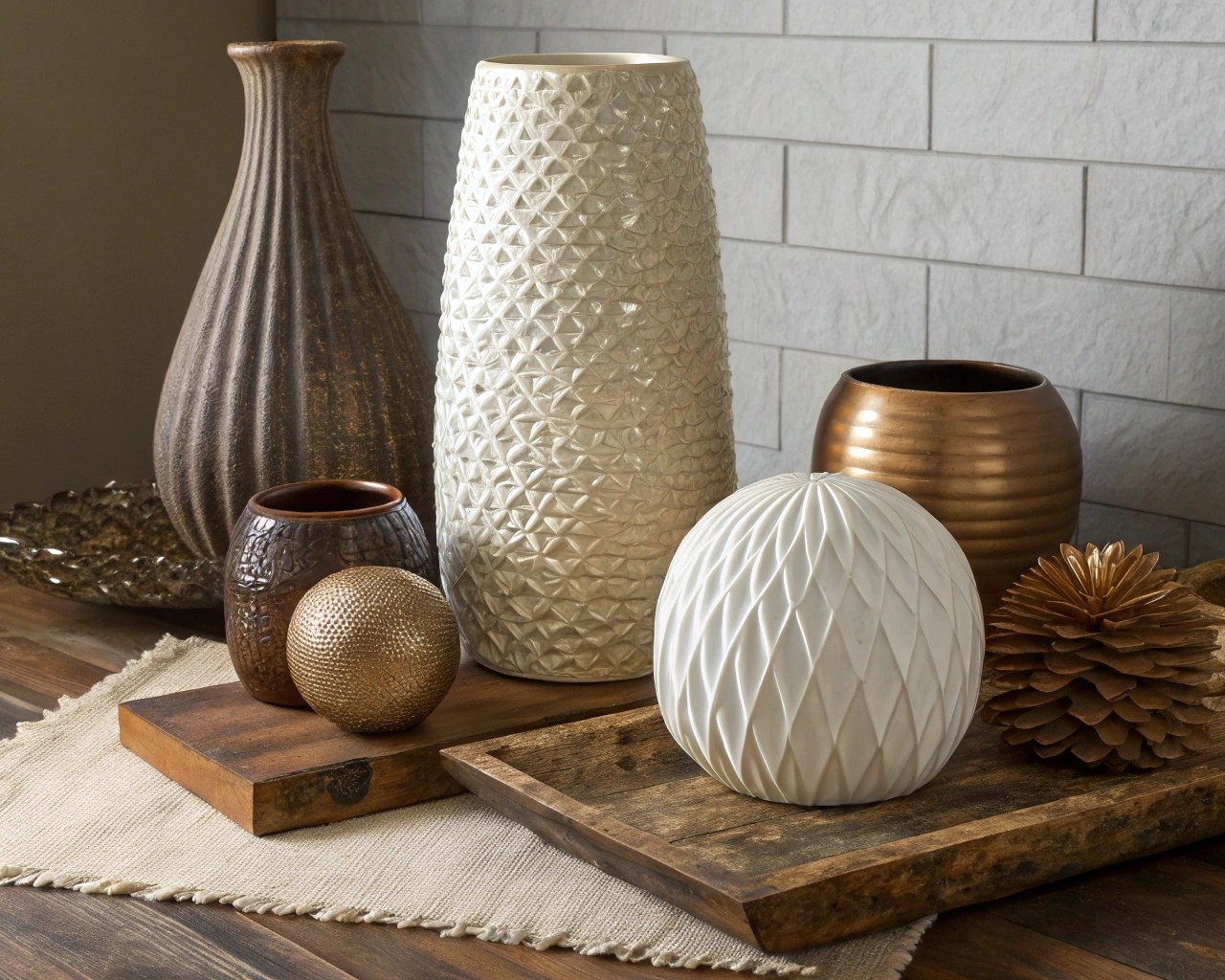
Successful single-object design relies on creating clear visual hierarchy through strategic use of contrast, color, and positioning. Your central object should dominate through one or more of these characteristics:
Size and Scale: The focal object should be the largest or most substantial element in the room. This doesn’t necessarily mean physically largest, but visually most prominent.
Color Contrast: If your room features neutral tones, a boldly colored central object will naturally draw attention. Conversely, in colorful spaces, a monochromatic focal point can be equally striking.
Textural Interest: Smooth objects stand out in textured environments, while highly textured pieces command attention in minimalist settings.
Supporting Element Strategy
Once you’ve established your central object, every other design decision should either support or defer to this focal point. This approach requires careful consideration of:
Furniture Arrangement: “When choosing furniture placement and the overall layout of pieces in a space, adjust accordingly to your focal point to make sure you are adding to it, not distracting from it”. Most successful arrangements orient seating and traffic patterns toward the focal point.
Color Palette Coordination: Supporting colors should complement rather than compete with your central object. If your focal point features bold colors, use these same hues in smaller doses throughout the space through accessories, textiles, or accent pieces.
Lighting Design: “Lighting is a great way to design around a focal point and highlight its details”. Consider picture lights for artwork, accent lighting for architectural features, or pendant lighting to emphasize furniture pieces.
Room-by-Room Applications
Living Rooms
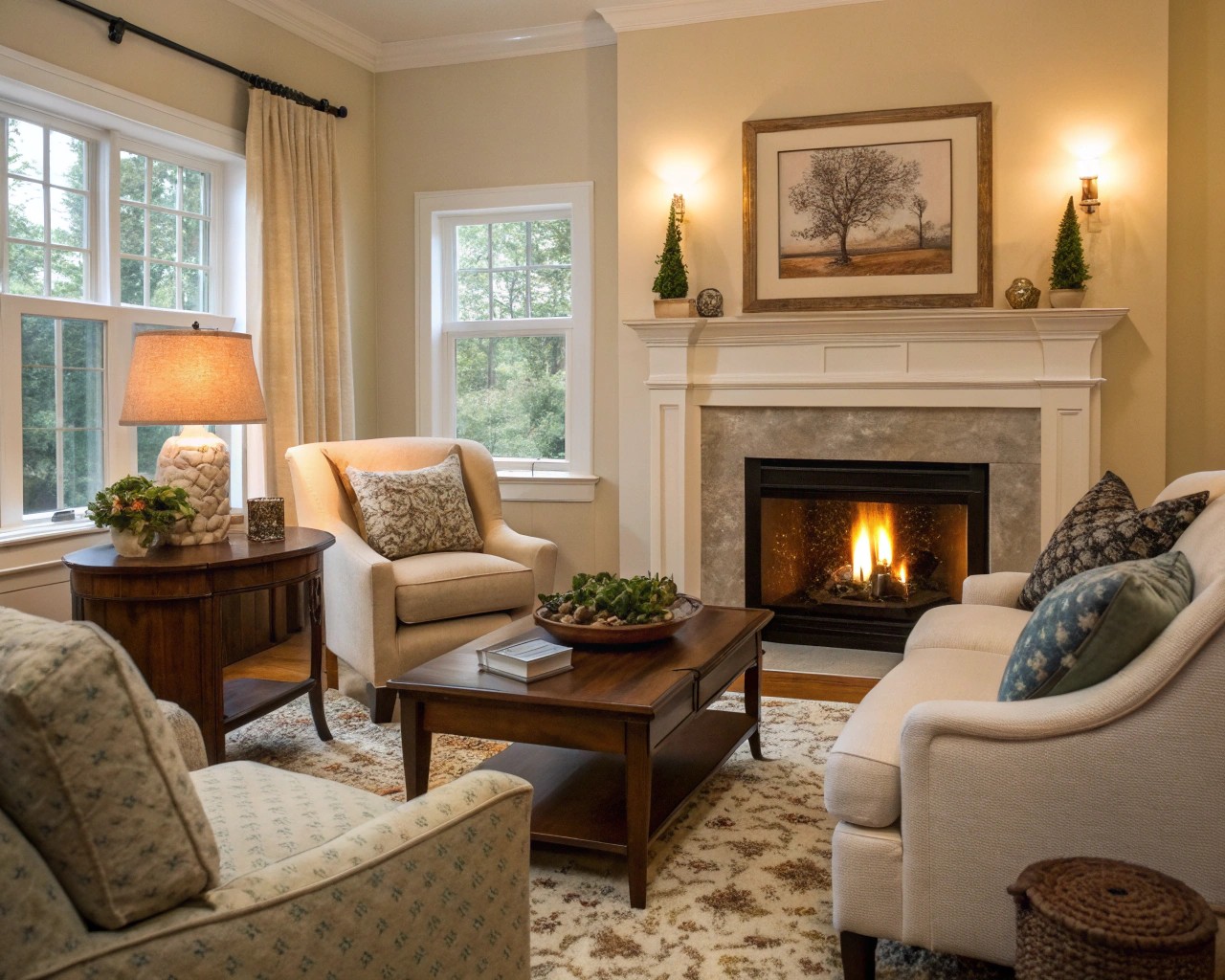
Living rooms offer the greatest flexibility for single-object design strategies. Common focal point options include:
| Central Object | Supporting Strategies | Typical Arrangements |
|---|---|---|
| Fireplace | Symmetrical seating arrangement, coordinated lighting | Sofa facing fireplace, paired chairs flanking |
| Large artwork | Gallery lighting, neutral backdrop | Furniture arranged to view art comfortably |
| Statement sofa | Complementary accent pieces, strategic area rug | Conversation grouping with supporting chairs |
| Entertainment center | Integrated storage, cord management | Seating oriented toward screen with side tables |
The most effective living room designs “orient furniture pieces facing the room’s focal point”, creating natural conversation areas that feel both functional and visually coherent.
Dining Rooms
Dining rooms naturally lend themselves to single-object design, as “the dining table naturally serves as the focal point”. The challenge lies in enhancing this inherent focal quality through supporting design decisions.
Overhead lighting plays a crucial role in dining room focal point strategy. A dramatic chandelier or series of pendant lights can reinforce the table’s central position while adding vertical visual interest. The scale relationship between lighting and table surface is critical—fixtures should be proportionally appropriate without overwhelming the space.
Area rugs provide another layer of focal point support in dining rooms. The rug should extend beyond the table and chairs when pulled out, creating a defined zone that emphasizes the table’s importance within the larger space.
Bedrooms
In bedrooms, the bed typically serves as the natural focal point, but enhancing its visual impact requires thoughtful consideration of scale and proportion. “The bed is typically the focal point in a bedroom. Enhance its impact with an elaborate headboard, distinctive bedding, or dramatic wall decor above the bed”.
Headboard design offers significant opportunity for creating focal point drama. Whether custom-built, upholstered, or featuring architectural details, the headboard should be substantial enough to anchor the room visually while complementing the overall design aesthetic.
Kitchens
Kitchen focal points often center on functional elements that also serve as design features. Range hoods, kitchen islands, and distinctive backsplashes can all serve as central objects around which to organize the space.
“In kitchens, focal points can be created with range hoods, an island, or a splashback in contrasting colors or interesting textures”. The key is selecting one primary element and supporting it through coordinated finishes, lighting, and spatial organization.
Common Mistakes and Solutions
Competing Focal Points
One of the most frequent errors in single-object design involves creating unintentional competition between elements. When multiple objects vie for attention, the result is visual chaos rather than intentional focus.
Solution: Conduct a “visual audit” of your space by identifying everything that naturally draws the eye. Reduce the visual impact of secondary elements through color coordination, scale adjustments, or strategic repositioning.
Insufficient Supporting Elements
Conversely, some designs fail because the central object lacks adequate support from surrounding elements. A dramatic sofa positioned alone against a blank wall may feel isolated rather than celebrated.
Solution: Create a supporting “ecosystem” around your focal point through layered lighting, complementary accessories, and thoughtful arrangement of secondary furniture pieces.
Scale Miscalculations
Perhaps the most technical challenge involves achieving appropriate scale relationships between your central object and the room itself, as well as supporting furnishings.
Solution: Use the room’s architectural proportions as your guide. Ceiling height, window size, and floor area all influence what scale central object will feel balanced rather than overwhelming or insignificant.
Advanced Techniques for Sophisticated Results
Creating Visual Frames
Professional designers often use “framing” techniques to emphasize focal points. “Flank that fireplace with some art on the wall or sconces. Frame that window with some nice tall curtains”. This approach creates visual boundaries that direct attention toward your central object.
Architectural framing can be achieved through:
- Built-in cabinetry surrounding a focal object
- Ceiling details that emphasize specific areas
- Strategic use of molding or trim work
- Coordinated paint colors that create visual boundaries
Layered Lighting Strategies
Sophisticated focal point design requires multiple lighting layers that work together to emphasize your central object. This includes:
Ambient Lighting: Overall room illumination that doesn’t compete with focal point emphasis
Accent Lighting: Directed light that specifically highlights your central object
Task Lighting: Functional illumination that supports room activities without detracting from focal emphasis
Textural Contrast Systems
Advanced practitioners understand that textural relationships can enhance focal point impact as effectively as color or scale considerations. “Mixing different textures can create a strong visual effect around the focal point”.
Consider how smooth surfaces interact with rough textures, or how reflective materials can be balanced against matte finishes. The goal is creating textural tension that supports rather than competes with your central object.
Measuring Success and Making Adjustments
The effectiveness of single-object design can be evaluated through both immediate visual impact and long-term livability. Successful spaces feel both dramatic and comfortable, with clear focal hierarchy that doesn’t sacrifice functional flow.
Testing your design involves stepping back and honestly assessing whether your eye immediately goes to the intended focal point, or if other elements create visual distraction. Sometimes minor adjustments—repositioning a lamp, changing pillow colors, or adjusting furniture angles—can dramatically improve focal point clarity.

